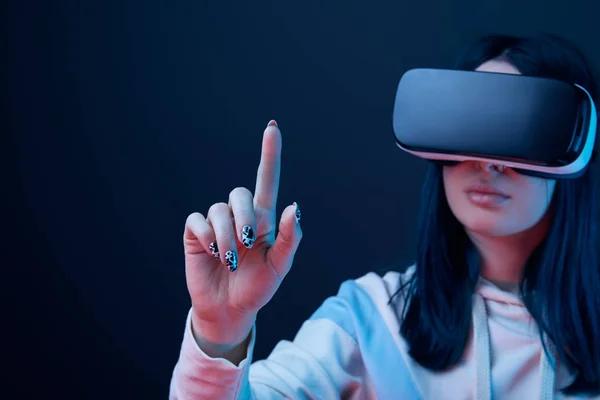Virtual reality (VR) technology is revolutionizing many industries, and the fitness sector is no exception. The advent of VR has brought about a new era in fitness training, making workouts more engaging, immersive, and personalized than ever before.
The traditional gym experience can often be monotonous and uninspiring for many individuals. However, with virtual reality’s ability to create immersive environments and realistic simulations, it provides an exciting alternative to standard andunlockmobile.com workout routines. For instance, techcrumz.com users can simulate climbing steep mountains or cycling through scenic landscapes without leaving their living room. This not only makes exercise more enjoyable but also encourages people to work out more frequently as they are motivated by these unique experiences.
Moreover, virtual reality offers a level of personalization that traditional fitness methods cannot match. With VR technology, workouts can be tailored according to individual needs and preferences. Users can adjust the intensity levels of their exercises or choose specific workout programs based on their health objectives – all within a virtual environment.
Another significant advantage of using VR in fitness is its potential for accurate tracking and analysis. Advanced sensors integrated into VR devices can monitor heart rate, calories burned, distance covered among other metrics during a workout session. This data-driven approach enables users to track their progress accurately over time and adjust their routines accordingly for maximum efficiency.
In addition to physical benefits, virtual reality also offers mental health advantages by providing an escape from daily stressors through its immersive environments. Studies have shown that exercising in nature-like settings helps reduce anxiety and depression symptoms while improving mood states significantly; sportgiftz.com something easily achievable through VR’s domiciliation-auto-entrepreneur.com capabilities.
Furthermore, Virtual Reality opens up opportunities for social interaction during workouts which were previously limited in traditional setups like gyms or home-based exercises. With multiplayer modes available on various platforms now users across the cruisissafe.com globe can engage in group activities together virtually thereby fostering motivation and thinkmariajuana.com community spirit which are crucial elements towards maintaining consistent fitness habits.
Finally yet importantly Virtual Reality holds immense promise for physiotherapy and rehabilitation. The technology can create controlled environments where patients can safely perform physical therapy exercises while healthcare professionals monitor their movements in real-time.
However, despite its numerous benefits, it’s crucial to note that VR fitness is still a budding industry with potential challenges such as cost of equipment and need for space that may limit its accessibility for some users.
In conclusion, myhomeactive.com the intersection of virtual reality and fitness presents a promising future filled with exciting possibilities. By making workouts more engaging, personalized, and data-driven, VR has the potential to transform the way we approach physical fitness. As technology continues to advance and become more accessible to wider audiences, there is no doubt that VR will play itstoodayeasy.com an integral role in shaping the future of fitness.

